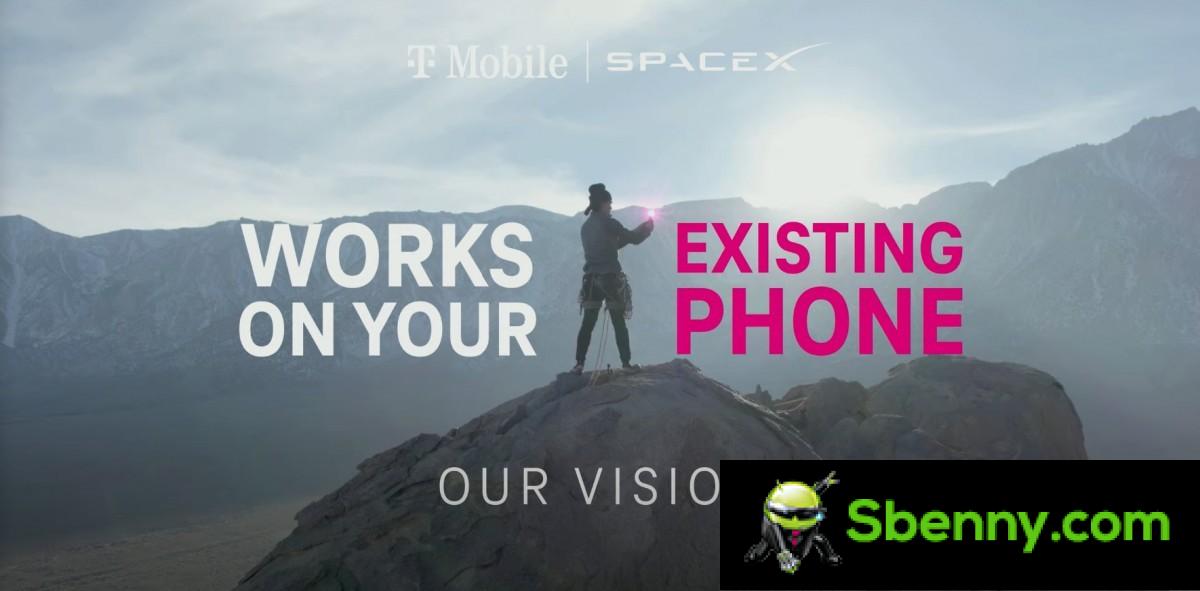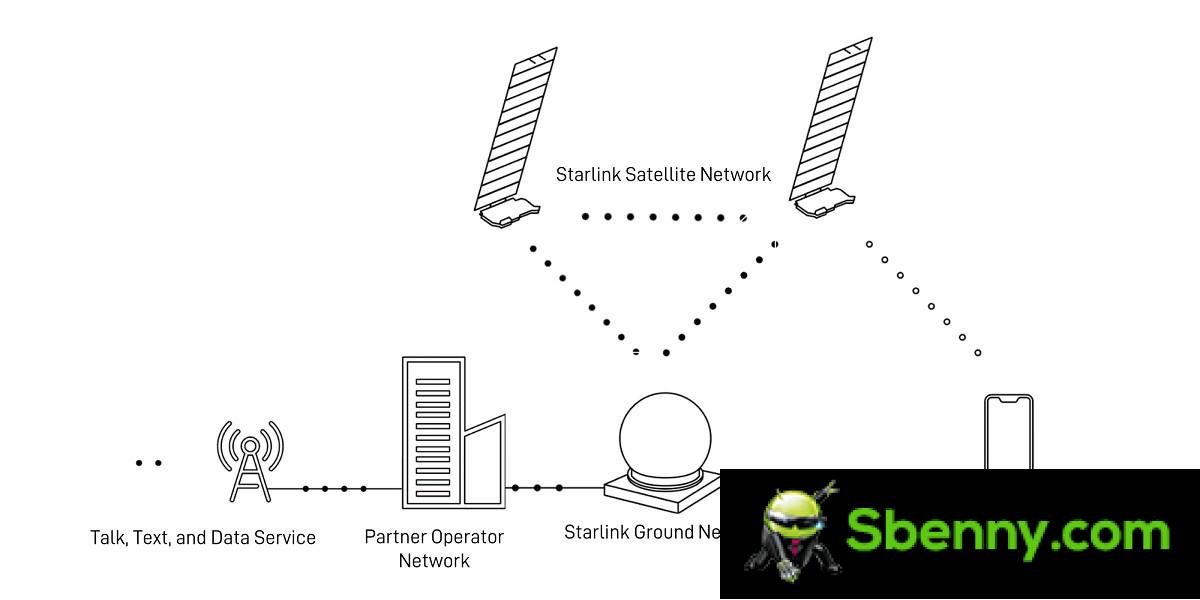You may recall that in 2022, T-Mobile and SpaceX joined forces to announce direct-to-cellular satellite connectivity to regular, unmodified cell phones via a network of Starlink satellites. According to a new report, SpaceX is accelerating its launch schedule to operationalize as many satellites as possible this and next year. This should include an attempt to carry out 100 flights in the next two and a half months. And in 2024 the program is even more ambitious, with 12 flights per month, for a total of 144 missions per year.

A SpaceX spokesperson told Ars Technica: “We’ll also be looking at direct cell communications with Starlink, and that’s a key feature that will be added next year with those 144 flights.”
Just to clarify a few things, as previously promised, 2024 should see the first public launch of the direct-to-cell SMS service only. The initial release of the full-speed version of the LTE satellite service with speeds of up to 2 Mbps is scheduled for 2025. According to the Ars Technica report, these latest features require physically larger satellites that will be launched aboard the SpaceX Starship vehicle. Meanwhile, the company has had to design “intermediate” size units that are even larger than previous models but can fly on Falcon 9 rockets.

T-Mobile’s “most popular” plans (likely T-Mobile’s Magenta MAX) will be able to access the Starlink connection at no additional cost, while customers on cheaper plans will be able to pay an additional fee for access. But Starlink already has agreements with numerous other operators around the world: Optus in Australia, Rogers in Canada, KDDI in Japan, One NZ in New Zealand and Salt in Switzerland. However, the only launch history we currently have is from T-Mobile in the US.

Finally, it might also be worth mentioning that Starlink aims to only cover land, lakes and coastal waters – if you want internet in the middle of the ocean, you’ll need to sign up for Starlink’s marine service. On land, this will fill gaps in carriers’ coverage without them having to build additional infrastructure. There are still many other unanswered questions regarding the service and its coverage, such as roaming.







Start a new Thread